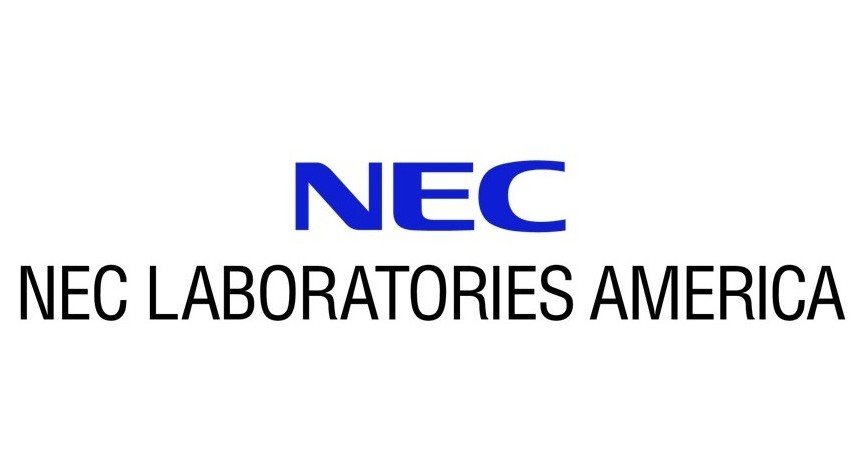Object Detection with a Unified Label Space from Multiple Datasets
Given multiple datasets with different label spaces, the goal of this work is to train a single object detector predicting over the union of all the label spaces. The practical benefits of such an object detector are obvious and significant—application-relevant categories can be picked and merged form arbitrary existing datasets. However, naive merging of datasets is not possible in this case, due to inconsistent object annotations. Consider an object category like faces that is annotated in one dataset, but is not annotated in another dataset, although the object itself appears in the later’s images. Some categories, like face here, would thus be considered foreground in one dataset, but background in another. To address this challenge, we design a framework which works with such partial annotations, and we exploit a pseudo labeling approach that we adapt for our specific case. We propose loss functions that carefully integrate partial but correct annotations with complementary but noisy pseudo labels. Evaluation in the proposed novel setting requires full annotation on the test set. We collect the required annotations and define a new challenging experimental setup for this task based on existing public datasets. We show improved performances compared to competitive baselines and appropriate adaptations of existing work

